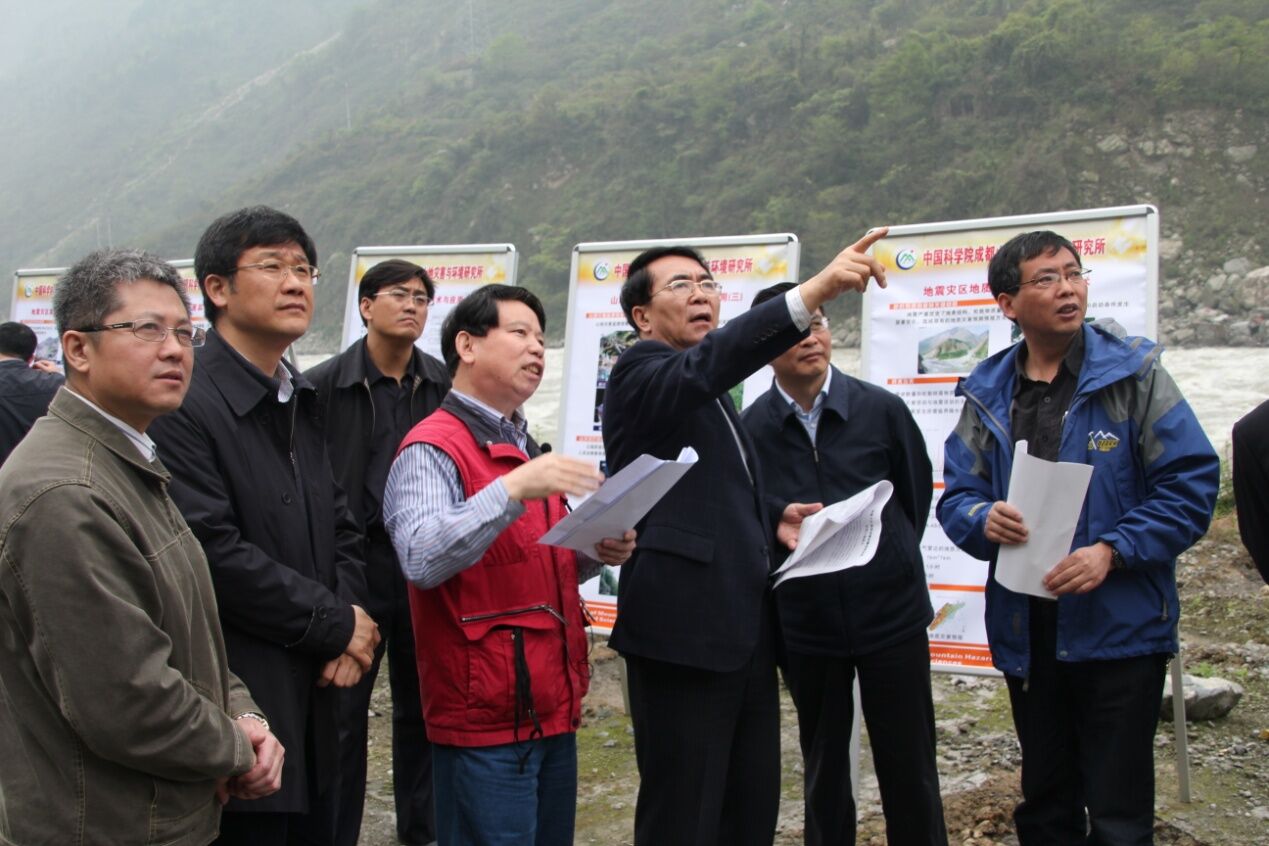A riverhead is the demarcation point of continuous water channel and seasonal channel, which is characterized by a critical flow that can support a continuous water body. In this study, the critical support discharge (CSD) is defined as the critical steady flows required to form the origin of a stream. The CSD is used as the criterion to determine the beginning of the riverhead, which can be controlled by hydro-climate factors (e.g., annual precipitation, annual evaporation, or minimum stream flow in arid season). The CSD has a close correlation with the critical support/source area (CSA) that largely affects the density of the river network and the division of sub-watersheds. In general, river density may vary with regional meteorological and hydrological conditions that have to be considered in the analysis.
This paper, a new model referring to the relationship of CSA and CSD is proposed, which is based on the physical mechanism for the origin of riverheads. The feasibility of the model was verified using two watersheds (Duilongqu Basin of the Lhasa River and Beishuiqu Basin of the Nyangqu River) in Tibet Autonomous Region to calculate the CSA and extract river networks. A series of CSAs based on different CSDs in derived equation were tested by comparing the extracted river networks with the reference network obtained from a digitized map of river network at large scales. Comparison results of river networks derived from digital elevation model with real ones indicate that the CSD (equal to criterion of flow quantity (Q (c))) are 0.0028 m(3)/s in Duilongqu and 0.0085 m(3)/s in Beishuiqu. Results show that the Q (c) can vary with hydro-climate conditions. The Q (c) is high in humid region and low in arid region, and the optimal Q (c) of 0.0085 m(3)/s in Beishuiqu Basin (humid region) is higher than 0.0028 m(3)/s in Duilongqu Basin (semi-arid region).
The suggested method provides a new application approach that can be used to determine the Q (c) of a riverhead in complex geographical regions, which can also reflect the effect of hydro-climate change on rivers supply in different regions.
The research achievements have been published in Chinese Geographical Science 26,4 (2016) 456-465.
